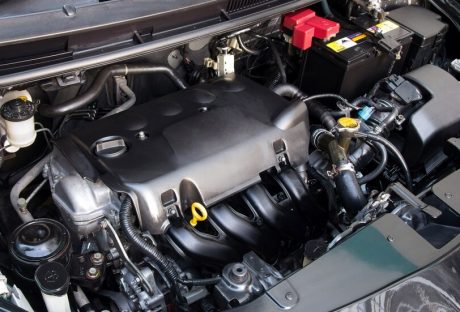The steady improvement in the gaming industry has brought driving reality right into gaming consoles. Unfortunately, most racing games advocate reckless driving, including performing dangerous stunts, over speeding, ignoring traffic signals among others. This has significantly affected how the games drive.
According to a recent study, there has been a rise in the number of accidents due to careless driving but not by the combative driving in racing games. The research showed that racing games influenced driving behavior but not negatively. Subjects who had not played racing games before made life-risking decisions when on the road. People who have never played racing games in their lifetime are more than the ones who have played driving games. These people are also involved in accidents and hence it is improper to suggest that racing games and accidents could even have a link.
A previous report claimed that the racing games’ intensity has long-lasting effects on the brain, which affects the conditioning of the gamer on the real road. On one hand, racing games amplify emotions while suppressing composure levels on the other. Allegedly, adolescents who indulge in racing games find it hard to manage their self-control and restraint levels 100% in real-life circumstances. But all adolescents are difficult to manage. It is that time of life when they are growing up and they need all the support. The pent up rage dissipates when they play these games and hence they are far more restrained. Just imagine their anger if they did not have an avenue to vent it. Hence racing games are a godsend for many parents.
Little gamers are more likely to be influenced
Today, kids are initiated to racing games at an early age. Certainly, this may affect the driving behavior of these future drivers. They will be more inclined to careless driving than the previous generations. New racing games need to teach kids the importance of driving safe. Racing games can be a great learning experience for little gamers.
Will racing games rank among the major causes of motor crashes?
Despite the popularity of racing games, there are no tangible statistics for it to be considered as one of the major causes of road accidents. Currently, distracted drivers rank first, followed by drunken driving, fatigue, over speeding, and finally bad weather.
Reducing the speed in racing games is probably the solution to this
On the brighter side, speed can help you evade a crash. However, the disadvantages are devastating; speeding not only increases the risk, but it also intensifies the severity of the accident. In fact, all the other major causes are linked to over speeding. If speed in racing games are reduced then the chances of reducing risks in real life also increase.
Reasons why people continue to indulge in racing games
Racing games actually make sense and are easy to learn. Everything done in a racing game can be achieved in real life. You are absolutely sure of what to do, where to go, and how to do it. In fact, anyone including your grandpa can compete on the first attempt!
If you love racing games then take it up seriously because even world-class racers take these games seriously. They learn a lot from racing games. There’s not much difference between the game track and the real one, being good at one takes care of the other. The fans want to play what their heroes are playing.
Finally, even the most recent versions of racing games are quite affordable compared to their counterparts. Though accidents happen it should not be due to over speeding and recklessness of the driver. Hence gaming companies need to put in speed breakers or even reduce speed in their games.
Read also:























